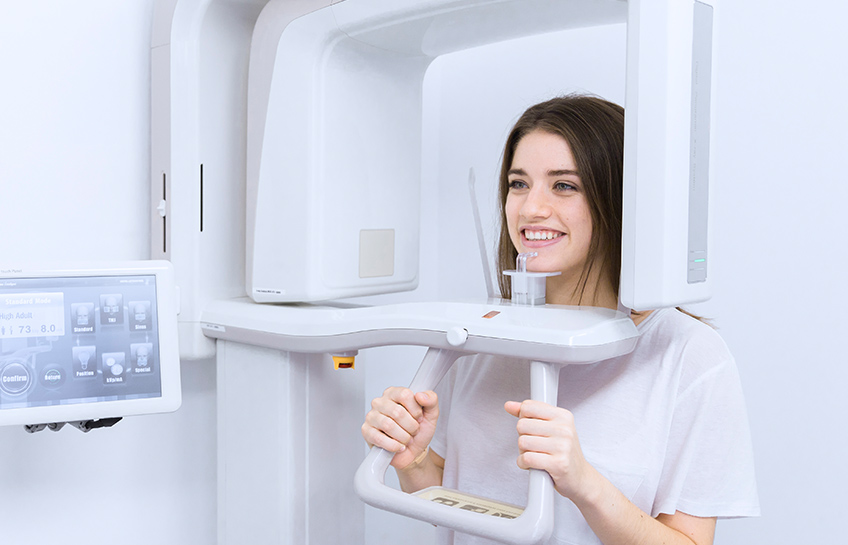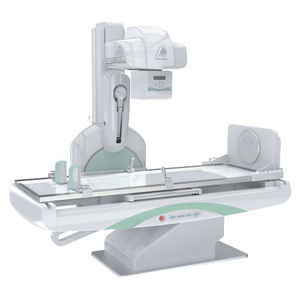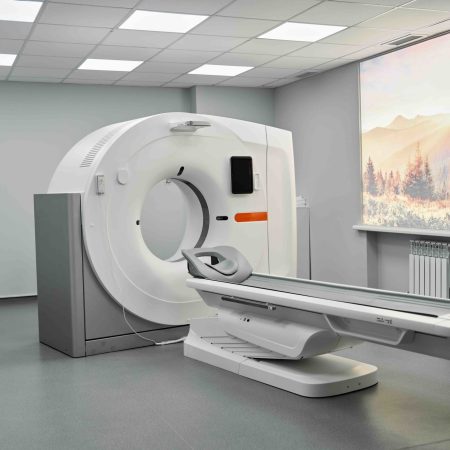The Dental Cone Beam CT. PLX3000A is a medical imaging device that uses cone-beam computed tomography (CBCT) technology to create three-dimensional (3D) images of the teeth, jaws, and surrounding structures. It is a safe and effective way to assess a variety of dental and oral conditions, including:
- Dental caries (cavities)
- Impacted teeth
- Root canal infections
- Temporomandibular joint disorders (TMJ)
- Cleft palate
- Sinus problems
The PLX3000A is a small, portable device that can be easily moved around the dental office. It is also relatively quiet, so it is not as disruptive to patients as traditional CT scanners.
The CBCT scan is performed by placing the patient’s head in the scanner and rotating the gantry around the head. The gantry emits a cone-shaped beam of X-rays that passes through the patient’s head. The X-rays are then detected by a sensor and used to create a 3D image of the teeth, jaws, and surrounding structures.
The PLX3000A is a valuable tool for dentists and oral surgeons. It can be used to diagnose and plan treatment for a variety of dental and oral conditions. It can also be used to create 3D models of the teeth and jaws, which can be used for surgical planning or dental implant placement.
Here are some additional details about the PLX3000A:
- It uses a low-dose X-ray beam, so it is relatively safe for patients.
- It can create high-resolution 3D images of the teeth, jaws, and surrounding structures.
- It is a portable device that can be easily moved around the dental office.
- It is relatively quiet, so it is not as disruptive to patients as traditional CT scanners.
If you are a medical patient who is scheduled for a Dental Cone Beam CT. PLX3000A scan, you should be aware of the following:
- The scan is painless and non-invasive.
- It takes about 10 minutes to complete.
- You may experience some mild discomfort as the gantry rotates around your head.
- You should not eat or drink anything for at least 4 hours before the scan.
The results of your Dental Cone Beam CT. PLX3000A scan will be interpreted by your dentist or oral surgeon. They will discuss the results with you and explain what they mean for your health.





Reviews
There are no reviews yet.